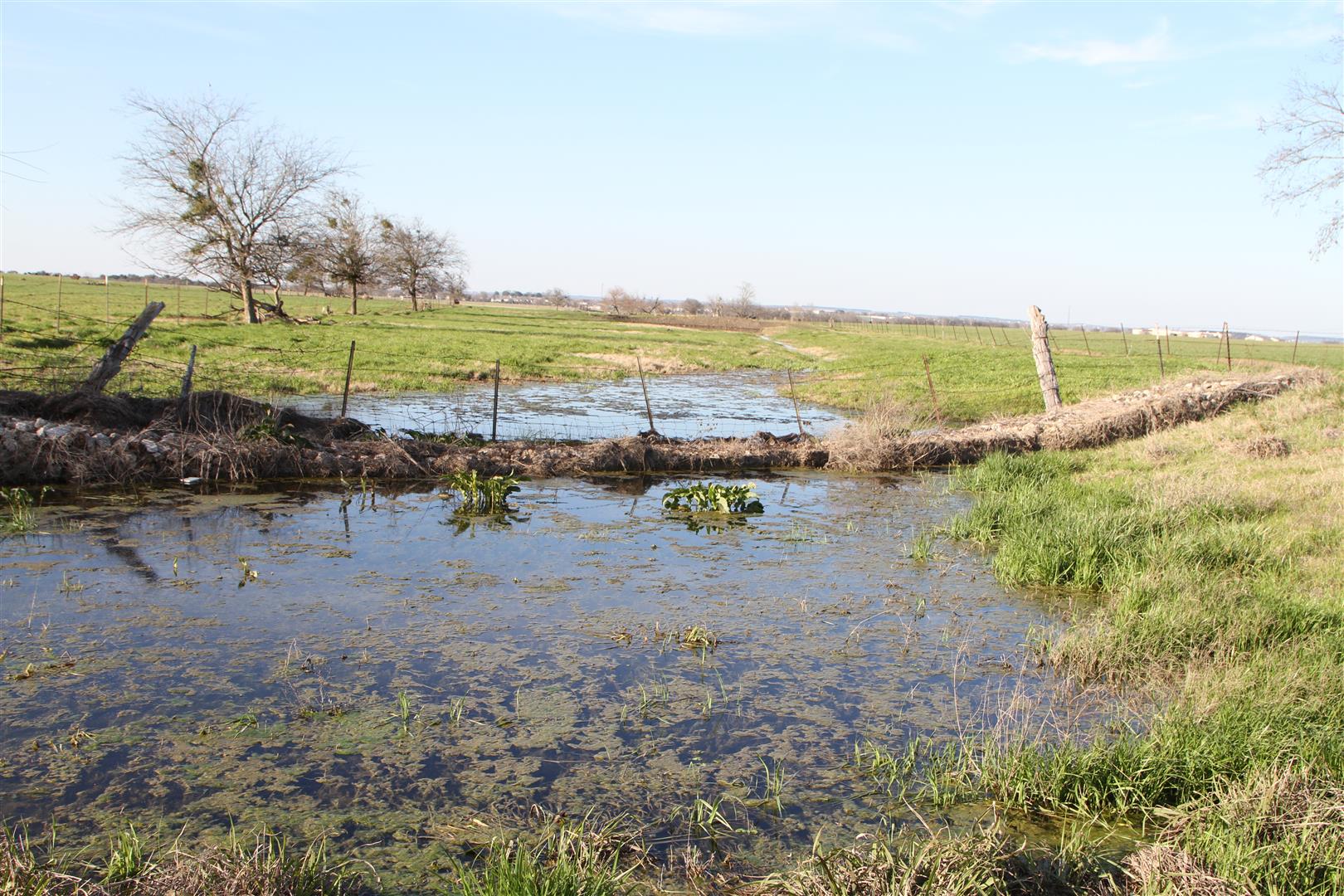By Jessica Domel
Multimedia Editor
American landowners may soon have more answers when it comes to which waters and areas fall under the purview of the Environmental Protection Agency (EPA) under the Clean Water Act (CWA).
Earlier this week, EPA Administrator Scott Pruitt told Congress he plans to publish a new water rule between the fourth quarter of this year and the first three months of 2018. The rule, he said, will establish which waters are regulated under CWA.
The EPA’s current water rule, Waters of the U.S. (WOTUS), was stayed by the U.S. Court of Appeals for the Sixth Circuit after states and other entities challenged the rule in court.
At least 25 states, including Texas, and other entities, including Texas Farm Bureau (TFB) and Matagorda County Farm Bureau, have filed suit against the WOTUS rule in courts across the nation.
Although SCOTUS has not taken up the merits of the cases, it is considering whether the Sixth Circuit Court of Appeals is the correct jurisdiction for the challenges.
SCOTUS announced in mid-April they will not put these legal challenges on hold despite an executive order (EO) from President Donald Trump ordering a review of the rule.
“The EPA’s so-called ‘Waters of the United States’ rule is one of the worst examples of federal regulation, and it has truly run amok and is one of the rules most strongly opposed by farmers, ranchers and agricultural workers all across our land,” Trump said. “It’s prohibiting them from being allowed to do what they’re supposed to be doing. It’s been a disaster.”
The EO asks the term “navigable waters” used in WOTUS be defined in accordance with late Justice Antonin Scalia’s decision in Rapanos v. United States, which does not give EPA broad authority over waters.
“The Clean Water Act says that the EPA can regulate ‘navigable waters,’ meaning waters that truly affect interstate commerce. But a few years ago, the EPA decided that ‘navigable waters’ can mean nearly every puddle or every ditch on a farmer’s land or anyplace else that they decide,” Trump said. “It was a massive power grab. The EPA’s regulators were putting people out of jobs by the hundreds of thousands, and regulations and permits started treating our wonderful small farmers and small businesses as if they were a major industrial polluter. They treated them horribly. Horribly.”
Trump directed the EPA to pave the way for the elimination of the “very destructive and horrible rule.”
WOTUS was finalized Aug. 28, 2015. The rule expanded EPA’s regulatory authority by giving it power over areas that are dry most of the year, but sometimes hold water that connects with a larger waterway.
Farm groups like the American Farm Bureau Federation and TFB argue this gives EPA the ability to require permits or further dictate what is done on private property, which could lead to large fines for landowners.
To replace WOTUS, the administration is evaluating a comprehensive rule-making process.
EPA submitted a proposal to remove WOTUS to the Office of Management and Budget for interagency review May 8.
Shortly after, EPA launched a new website to provide the public with information on the rulemaking process and the agency’s actions regarding WOTUS.

